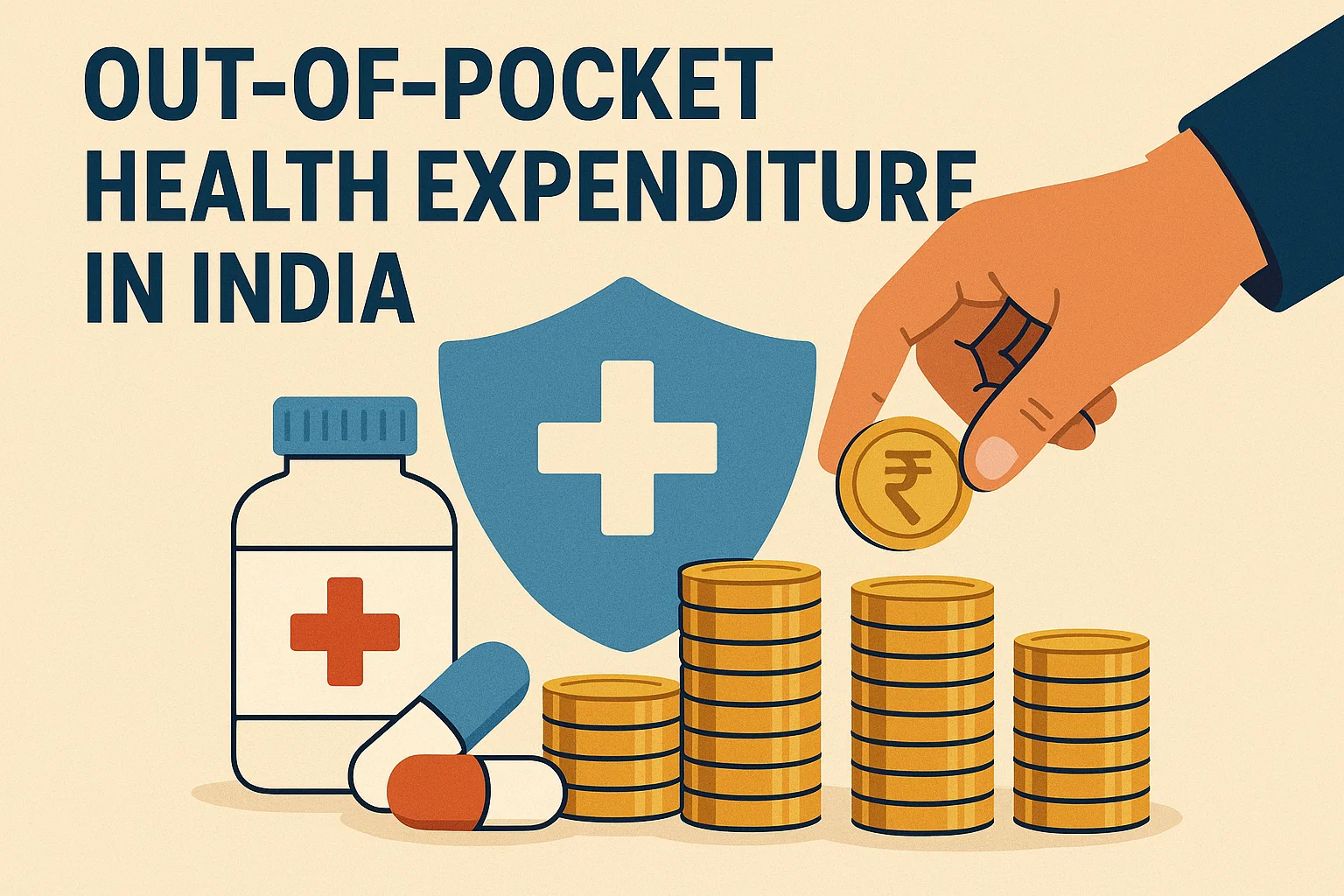Font size:
Print
Rise in Paediatric TB Cases in India
38% rise in notified TB cases in children aged 14 or below in 5 years
Context: India has witnessed a concerning surge in paediatric tuberculosis (TB) cases over the past five years, with a 38% increase in notified cases among children aged up to 14 years.
More on News
- The spike has been attributed to a combination of factors, including malnutrition, post-Covid immune vulnerabilities, and a rise in drug-resistant TB.
- Government data reveals that the number of notified paediatric TB cases rose from 1,02,090 in 2020 to 1,41,182 in 2024.
Understanding Paediatric TB and India’s Burden
- Paediatric TB, as defined by the World Health Organisation (WHO), includes TB cases in individuals aged 0–14 years.
- According to estimates by WHO and the National TB Elimination Programme (NTEP), children in this age group account for 10–12% of India’s total TB burden, amounting to approximately 300,000–350,000 cases annually.
- However, data from the India TB Report 2024 indicates that only 5 to 7% of the TB patients notified annually under the NTEP are children—well below the expected incidence rate.
- Experts point to diagnostic challenges, such as difficulty in collecting sputum samples from children and the non-specific nature of symptoms, especially in extrapulmonary TB, which often affects lymph nodes and other organs instead of the lungs.
Challenges in Diagnosing Paediatric TB
- Children with TB often suffer from extrapulmonary tuberculosis, which affects organs like lymph nodes instead of the lungs. This form is harder to detect due to its vague symptoms, leading to delays in diagnosis.
- A public health expert noted that TB in children can easily be missed due to the absence of clear respiratory symptoms. The disease’s manifestation in forms other than pulmonary TB complicates timely detection and treatment.
Contributing Factors Behind the Surge
- The increased number of paediatric TB cases is likely driven by several interconnected causes:
- Malnutrition among children, which weakens immunity.
- Transmission from infected adult family members.
- Underlying health disorders, such as diabetes, increase susceptibility.
- Improved diagnostic capabilities, which are now identifying more cases.
- The COVID-19 pandemic, during which the use of steroids in treatment may have suppressed immunity and reactivated latent TB infections in previously exposed children.
Drug-Resistant TB a Growing Threat
- A worrying dimension of the paediatric TB crisis is the emergence of Multidrug-Resistant TB (MDR-TB) and Extensively Drug-Resistant TB (XDR-TB) among children.
- MDR-TB occurs when the TB bacteria become resistant to Rifampicin and Isoniazid, the two first-line anti-TB drugs.
- XDR-TB is a more dangerous form that resists Fluoroquinolones and at least one injectable second-line drug.
- The treatment regimens are longer—ranging from 18 to 24 months or more—and involve toxic, expensive second-line drugs. These challenges make drug-resistant TB management in children significantly more complex than in adults.
Government Strategy and Efforts
- To combat this growing challenge, the Central Government is taking multiple steps under its National Strategic Plan to eliminate TB by 2025, five years ahead of the Sustainable Development Goals (SDG) target of 2030.
- Key measures include:
- Promotion of early diagnosis and timely treatment with quality-assured drugs.
- Expansion of BCG vaccination at birth through the Universal Immunisation Programme (UIP).
- Provision of rapid molecular diagnostics for all presumptive paediatric TB cases.
- Availability of child-friendly drug formulations, including those for drug-resistant TB.
- However, implementation challenges remain. Many private practitioners lack access to diagnostic tools, and healthcare workers often avoid using methods like gastric aspiration, essential for collecting samples in non-sputum-producing children.
Implementation Gaps and Recommendations
- Healthcare Workforce Training: Training of healthcare professionals to enhance early diagnosis and treatment, especially in identifying drug-resistant TB in children.
- Diagnostic Infrastructure: Improving access to diagnostic facilities, especially in private healthcare settings.


